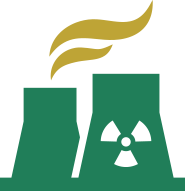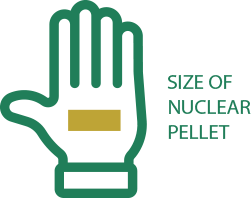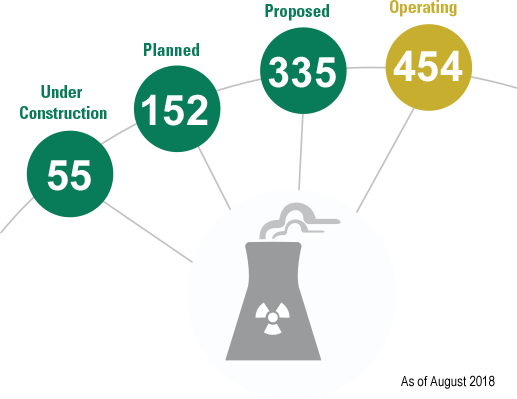Quick Nuclear Facts
- Nuclear power is the largest non-hydro source of clean energy worldwide and currently provides 11.5% of global electricity and 21% of electricity to OECD countries
- 453 commercial nuclear power reactors are operable in 31 countries with another 56 under construction
- The United States is the world’s largest market for nuclear energy, operating 100 reactors.
- Future nuclear power demand is expected to be driven by increasing nuclear generating capacities in Asia – primarily from China, India and South Korea.













